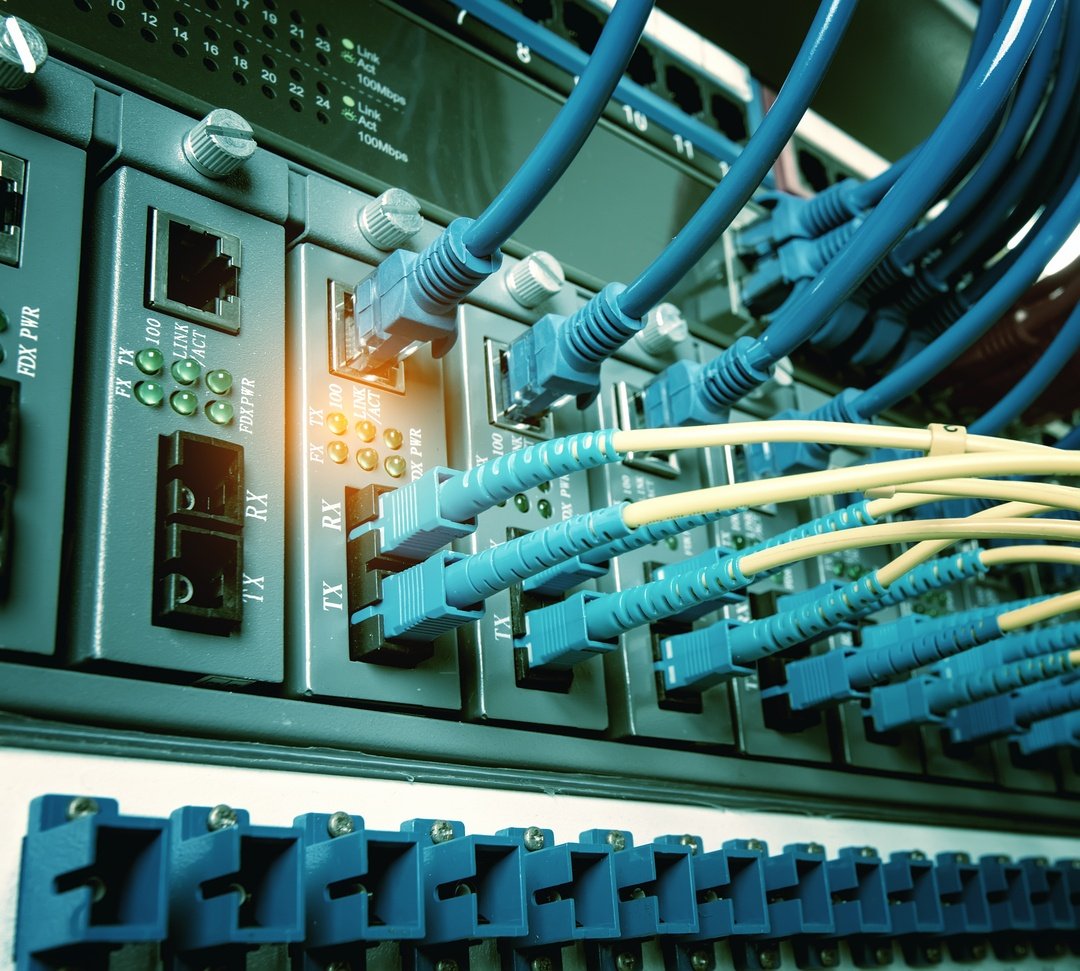What Types of Clean Agent Fire Suppression Systems Protect IT Infrastructure?
- 3M™ Novec™ 1230 Fire Protection Fluid
- FM-200® Fire Suppression System
- Inergen® Fire Suppression Systems
Whether you’re in the IT business or simply use IT for your business, we all rely on technology to keep our companies running every day. Protecting IT infrastructure—the physical equipment you need to power your technology—should be a top priority for any business.
Think about it. If you lost your business data today, how long would it take to get your company back up and running? Can you afford the downtime and loss of business continuity that would result from a fire in your server room or data center?
Fortunately, there are highly advanced fire suppression systems that are engineered to keep your IT infrastructure safe and secure—without the use of water. After all, what’s the use of putting out an incipient-stage fire in your IT room only to sustain irreparable damage to your sensitive equipment? You want to shorten downtime, not lengthen it.
To ensure you have a fire and life safety system capable of protecting your IT infrastructure, let’s define what a clean agent fire suppression system is before diving into the different types.
What is a Clean Agent Fire Suppression System?
Clean agent fire suppression systems use chemical agents or inert gas to quickly extinguish fires when they have just started and can effectively extinguish Class A, B, and C fires without damaging assets. Clean agent suppression systems utilize gases that are safe for humans and the environment.
The National Fire Protection Association (NFPA) clearly defines clean agents as electrically non-conductive, volatile, or gaseous fire extinguishing agents that do not leave a residue upon evaporation. Since clean agents do not leave residue behind when they discharge, they are ideal for protecting sensitive electronics. They are also electrically non-conductive which means that fires involving energized electrical equipment can be extinguished without powering down – avoiding expensive service interruptions and data loss.
Here are three waterless clean agent fire suppression systems that can protect IT infrastructure from damage.
3M™ Novec™ 1230 Fire Protection Fluid
Protecting IT infrastructure is just one of the applications for 3M™ Novec™ 1230 Fire Protection Fluid. This is an advanced clean agent fire protection material used to protect high-value assets such as computers, switching equipment, cameras disk arrays, and other critical devices. For some industries, even the briefest technology interruption can result in revenue loss. Novec™ 1230 is designed to suppress fires quickly without powering down and disrupting communications.
Novec™ 1230 offers a few advantages over traditional clean agents such as inert gas and CO2:
- Requires 1/4 or fewer of the cylinders used in a traditional system, taking up less space and adding less weight to floor loads.
- Zero ozone depletion potential and 5-day atmospheric lifetime – a sustainable choice for clean agent fire protection that is environmentally friendly.
- Safe for personnel with the widest safety window of the chemical clean agents.
- Includes a 20-year warranty against regulatory bans or restrictions against the product.
- May contribute to LEED Innovation credits – enables facilities managers to effect a 99% reduction in greenhouse gasses in critical function fire suppression.
FM-200® Fire Suppression System
FM-200® is a waterless clean agent fire suppression agent that is trusted worldwide. As with the agent above, FM-200® is ideal for applications where space is at a minimum, such as a server room. The agent is stored in cylinders as a liquid and pressurized with nitrogen, saving up to seven times the space of a CO2 system or an inert gas system.
FM-200® systems reach extinguishing levels in less than ten seconds, stopping fires before they cause significant damage. It can also be safely used when people are present—it’s non-reactive, non-corrosive, non-conductive, and offers proven performance.
Inergen® Fire Suppression Systems
There is always a chance that people may be present when a fire suppression system discharges around your IT equipment. Inergen® is the only inert gas fire suppression agent that provides a safe environment for humans. It also never reacts with fire to create harmful or toxic by-products.
Inergen® is made up of:
- 52% Nitrogen
- 40% Argon
- 8% CO2
However, in the event of a fire, when Inergen® is discharged, it mixes with the air in the room to create a mixture that is comprised of:
- 67.3% Nitrogen
- 12.5% Oxygen
- 17% Argon
- 3.2% Carbon Dioxide
For small spaces containing IT infrastructure, an Inergen® system can be ideal due to the excellent hold times provided by this agent selection. The density of Inergen is just slightly greater than room air meaning it will leak out slower than chemical agents in most cases. Since meeting hold time requirements for agent retention can be problematic in small rooms, Inergen can often provide a solution to this design problem. An Inergen system can be specifically designed for very small business-critical areas and is a cost-effective way to protect valuable sensitive electrical equipment.
Protect Your IT Infrastructure with The Right Clean Agent Fire Suppression System
If the wrong fire suppression system is used for protecting IT infrastructure, it could end up destroying the very equipment it was meant to protect. These three clean agent fire suppression systems represent the standard for protecting today’s critical business equipment from the damages of fire and water.
Whether you operate a data center, server room, or rely on IT for business-critical operations, your organization should partner with trained fire safety technicians to design and install a special hazard system tailored to your facility to ensure the protection of your IT infrastructure.
Editor’s Note: This post was originally published on February 21, 2017, and has been updated for accuracy and current best practices.








